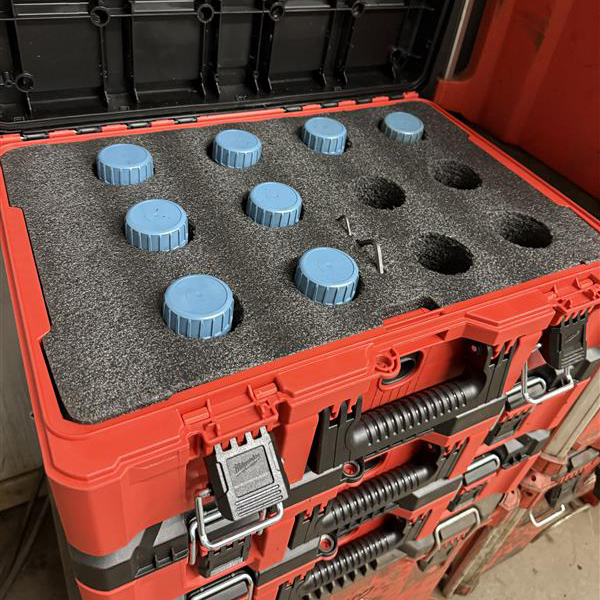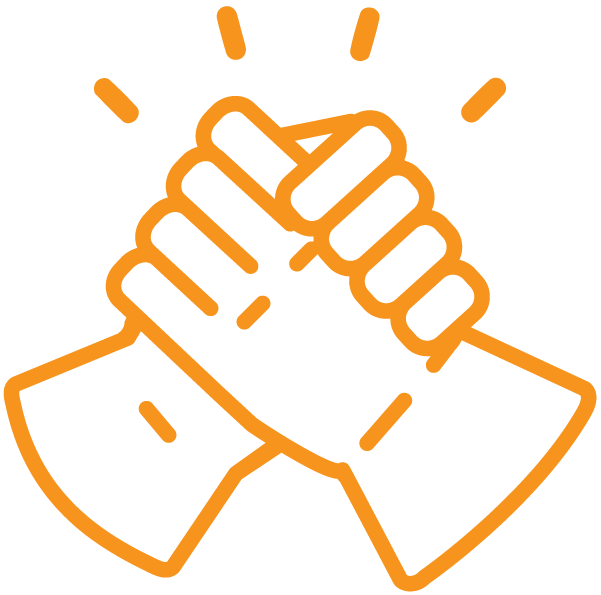Air
.jpg)
Tacora passionately believes in our key core values:
Monitoring & Surveillance
Tacora monitors air emissions through both stack emissions testing and ambient air monitoring. Stack emissions testing is conducted by collecting samples from point sources at the Mine. Data collected from stack emissions testing is used to develop air dispersion models to estimate potential ground-level concentrations at nearby locations. Ambient air monitoring is used to evaluate the efficacy of mitigative measures and to ensure continued protection of regional air quality and the local environment.
Tacora operates two ambient air quality monitoring (AQM) stations in the Town of Wabush: one on Bond Street near the Provincial Court building and another on Cabot Drive near the J. R. Smallwood school. Three parameters are measured at the air quality monitoring stations: sulfur dioxide (SO2), total suspended particulate (TSP), and particulate matter less than 2.5 microns in diameter (PM2.5). The methodology for calculating 24-hour particulate concentrations was updated in 2023 with the implementation of continuous particulate monitoring instruments. Under the revised approach, 24-hour concentrations are now reported as rolling averages, updated on an hourly basis, rather than being calculated based on fixed calendar days.
Compliance
Air emissions from the Mine are regulated under Tacora's Certificate of Approval (CofA) from the Newfoundland and Labrador Department of Environment and Climate Change. The CofA specifies ambient air and stack emission testing programs, guidelines, dispersion modelling and reporting requirements. Monitoring results are reported to the NLDECC on an annual basis. They also have 24-hour access to Tacora’s data.
- Particulate matter refers to the particles and aerosols present in the air, including dust, dirt, soot, smoke, and liquid droplets. The TSP instrument measures all particles suspended in the atmosphere, although it is typically limited to particulate matter less than 44 microns.
- Particulate larger than 10 microns (µm) are generally considered a nuisance rather than a health concern.
- The PM2.5 instrument measures particulate matter less than 2.5 microns in diameter (<2.5 µm). PM2.5 poses significant health risks due to its ability to penetrate deeply into the lungs. These fine particles tend to remain suspended in the air for long periods, increasing the potential for inhalation.
- SO2 levels are directly related to the concentration of sulfur in fuel and the quantity of fuel being combusted. The SO2 analyzer measures low level SO2 in the ambient air.
The 24-hour Newfoundland and Labrador Air Quality Standard (NL AQS) for PM2.5 was exceeded for a 13-hour period at the Cabot Drive monitoring station (JRS AQM station), and an 8-hour period at the Bond Street station (Provincial AQM station), on February 10. The exceedances can be attributed to fugitive dust episodes associated with regional mining activities.
The 24-hour NL AQS for PM2.5 was exceeded for a continuous 47-hour period at the JRS AQM station, and a continuous 49-hour period at the Provincial AQM station, on June 5-7. The exceedances can be attributed to long-range transport of wildfire smoke originating from Manitoba.
The 24-hour TSP NL AQS was exceeded for a 16-hour period at the JRS station, and a 17-hour period at the Provincial station on June 1. These exceedances can be associated with fugitive dust events associated with regional mining activity.
The 24-hour TSP NL AQS was exceeded for a 37-hour period at the Provincial station, and a 46-hour period at the JRS station, on May 27-29. This exceedance was linked to fugitive dust events associated with street sweeping and regional mining activities.








